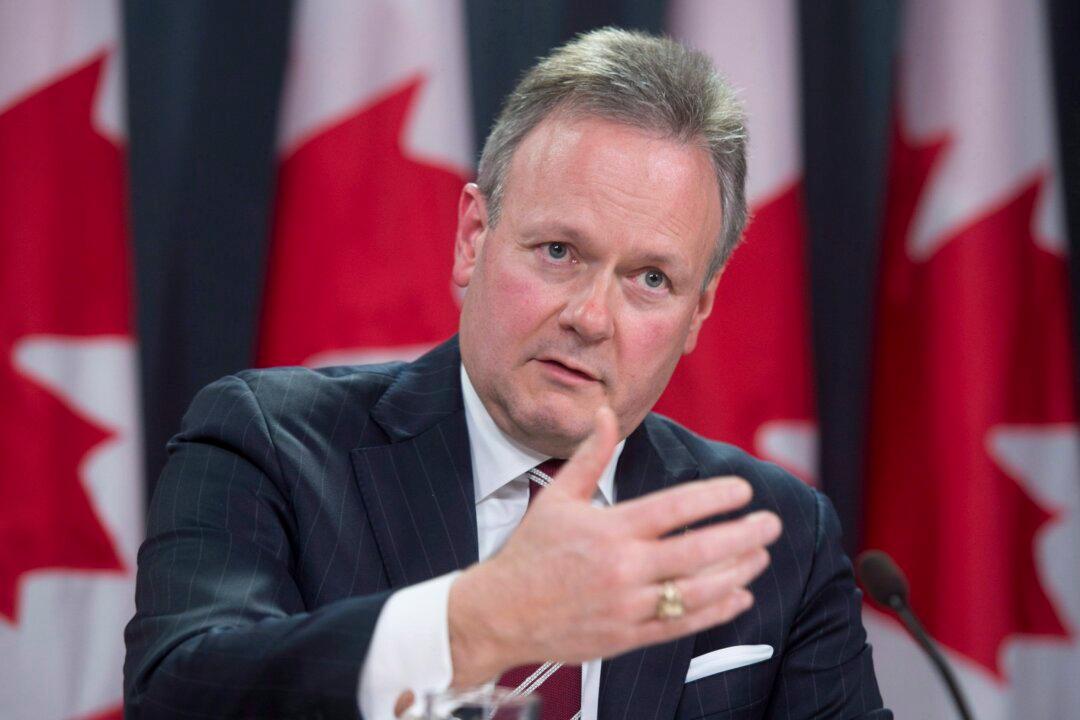OTTAWA—It’s a bit of déjà vu all over again for the Bank of Canada.
Back in late May, the central bank felt the economy was evolving in line with its then most recent April projections. Therefore, no changes were made to interest rates.
Developments then went from bad to worse in the energy sector and, in July, the BoC cut rates for the second time this year and revised its growth projections lower.
The belief that the impact on the economy of the plunge in oil prices was going to be more front-loaded, but not larger, had been shattered.
The stimulative effects of previous monetary policy actions are working their way through the Canadian economy.





